Scottish Labour’s radical plan to shake up the structure of Scotland’s NHS is as bold as it is contentious.
Under the party’s plan, the country’s 14 regional health boards would be reduced to just three, with NHS Tayside and NHS Fife likely to be merged into a larger regional super board.
The aim, according to Labour, is to cut bureaucracy, improve efficiency, and direct more resources towards frontline patient care.
Few would disagree that Scotland’s health service is in critical care.
Waiting times are too long, staff shortages are widespread, and financial pressures are acute.
The question is whether a structural overhaul of this scale is the right way to tackle these challenges – and whether it can be done without doing even more damage.
The potential benefits of a merger are clear. By consolidating management structures, Labour believes it can reduce duplication and free up funds that can be redirected to doctors, nurses, and patients.
A larger, centralised health board could also enable more consistent care across regions which minimises postcode lotteries in provision.
Merging resources could address workforce crisis
There is certainly a need to standardise treatment and ensure patients in one part of the country do not receive markedly different service levels from those in another.
Merging resources could also help address the workforce crisis. In theory, a larger health board could be better equipped to deploy staff more flexibly, filling gaps in struggling areas and ensuring hospitals and surgeries are properly resourced.
Strategic planning could improve too, allowing for a more co-ordinated approach to healthcare across a wider area.
However, any proposal of this scale carries significant risks. The most obvious is that, while reducing the number of health boards may cut bureaucracy at the top, it could just as easily create new layers of administration elsewhere.
Merging organisations is rarely straightforward, and past attempts to do so in the public sector have frequently resulted in complex, unwieldy structures rather than streamlined efficiency.
Local accountability
The turbulent experience of merging the previous eight regional forces into Police Scotland just over a decade ago will hover ominously over this process.
The police certainly feel more distant today than they did in the era of Tayside Police and Fife Constabulary.
That brings us to the question of local accountability. People in Dundee, Perthshire, Angus or Fife may wonder whether a new regional board – potentially based in Edinburgh or Aberdeen – would really understand the specific needs of their communities. Local health boards, for all their flaws, at least ensure some level of regional oversight.
A larger, more centralised system could make it harder for communities to have a direct say in how their health services are run.
And then there is the practical challenge of transition. Merging two organisations of this scale will not happen overnight.
The process would take years and would require clear leadership to ensure that frontline services do not suffer during the upheaval. Given the pressures already facing the NHS, is this the right time to embark on such a significant reorganisation?
One notable absence from Labour’s plans is any proposal to reform Scotland’s 32 councils. If reducing the number of health boards is about efficiency and cost-cutting, then why not apply the same principle to local government?
Some may suspect that Labour’s reluctance to propose council mergers is influenced by the fact that the party controls several local authorities across Scotland. If structural reform is truly about improving services, the same scrutiny should be applied to councils as to health boards.
Ultimately, the success or failure of Labour’s plan will come down to the details. How exactly will these new boards function? What safeguards will be in place to ensure local needs are not overlooked?
And, crucially, can Labour provide clear evidence that cutting the number of health boards will genuinely improve patient outcomes?
With a Holyrood election looming, these are the questions the party will need to answer.
Voters will not judge this plan on bold rhetoric alone – they will want to see a detailed, credible vision for how Scotland’s NHS can be reformed without causing more harm than good.
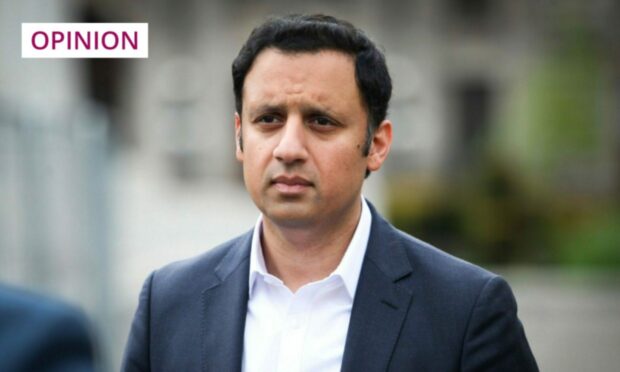

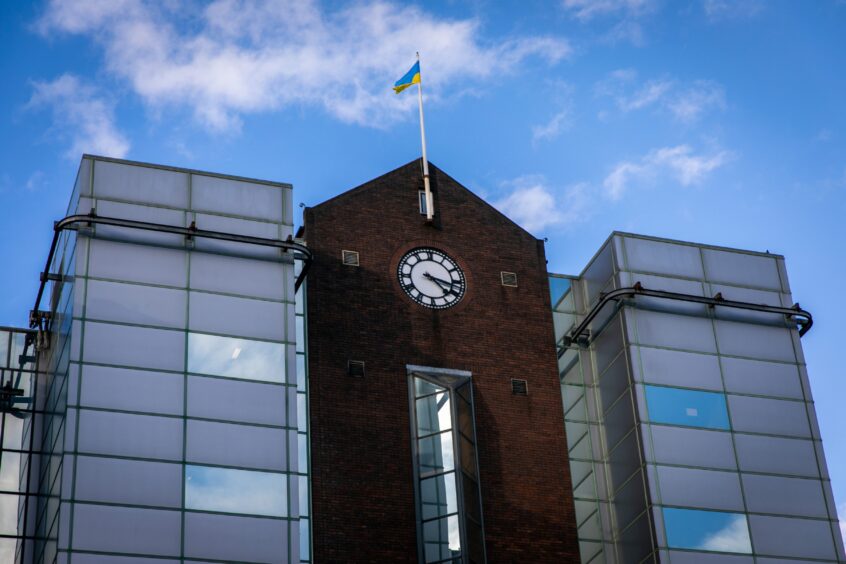
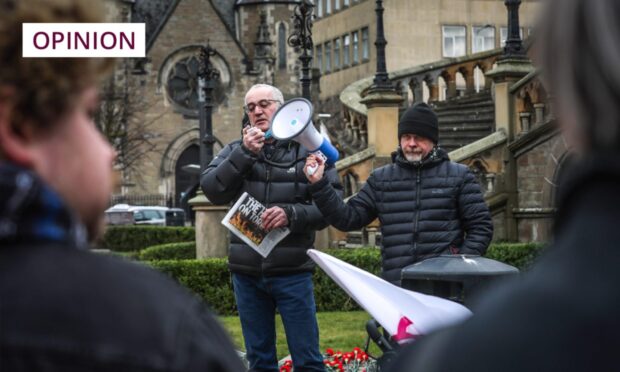
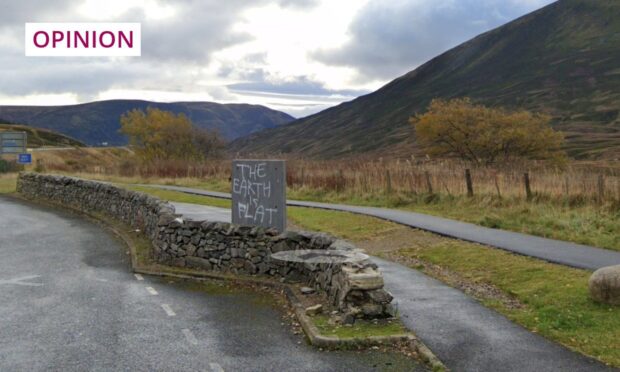

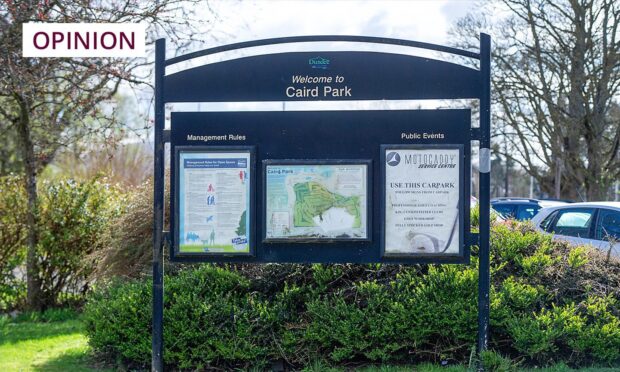
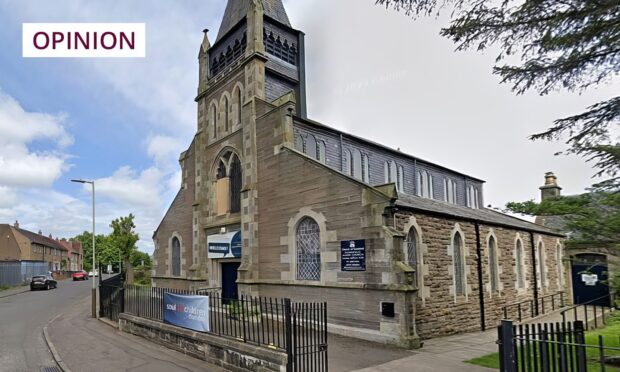
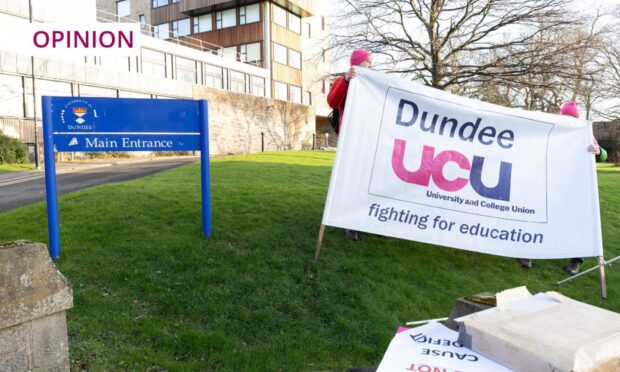

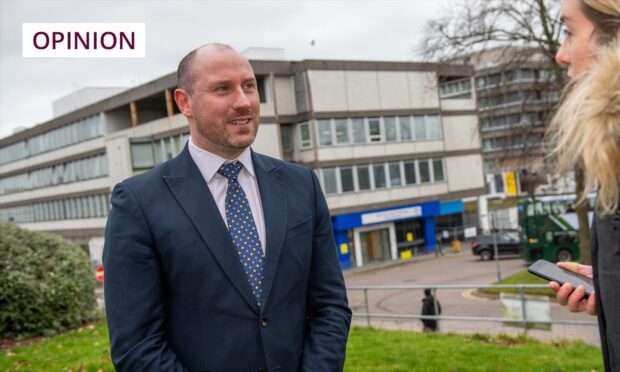


Conversation